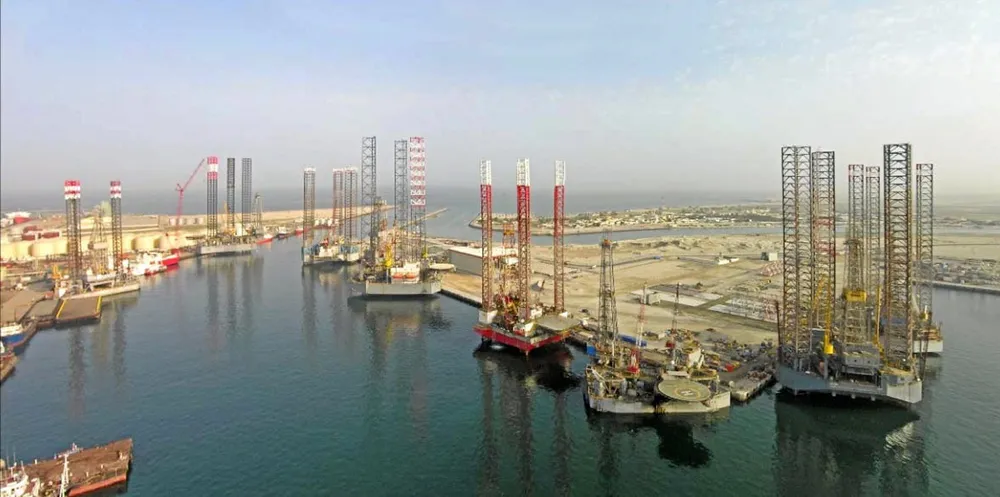Lamprell yard lands 200 floating wind units for Scottish offshore decarbonisation megaproject
Construction giant inks memorandum of understanding with Cerulean project partner NOV to deliver fleet of 'tri-floater' platforms as part of 3GW project to decarbonise oil production in UK North Sea

Construction of a £10bn ($14bn) floating wind megaproject that could halve current greenhouse gas emissions from UK’s offshore oil & gas operations by 2025 while generating industrial-scale volumes of green hydrogen has taken a key step forward, with ‘delivery partner’ NOV inking a deal with Emirates-based Lamprell to build platforms for the 3GW Cerulean Wind development.
<b>Focus your mind: get the insight you need with the Recharge Agenda</b>
The global energy transition is gathering momentum – and the accompanying news-stream becoming an information deluge. Separate the green giants from the greenwash and the hard facts from the click-bait headlines with Recharge Agenda, our curation of the market-making events of the week, distilled down into one quick-read newsletter. Sign up here for free
Joe Rovig, President of NOV rig technologies, said: “Lamprell's track record in offshore wind will complement our UK and European infrastructure and personnel and we look forward to making a joint contribution towards decarbonising the UK offshore sector."
Christopher McDonald, CEO of Lamprell, said: “Our long history in the traditional oil & gas sector has stood us in good stead for our transition into the renewables space where we have been active since 2007,
“Offshore floating wind is a natural progression for the business and represents another step in the realisation of our strategy and establishing our credentials in the UK market. We look forward to supporting NOV in the development of this transformational project for the industry and Scotland."
NOV and Lamprell said they would “work closely to support and develop UK local content goals and will engage together in discussions with UK supply chain and UK yards interested in participating in the projects, and able to offer suitable solutions.”
The project, if given the go-ahead by the UK government, could be online as early as 2026.